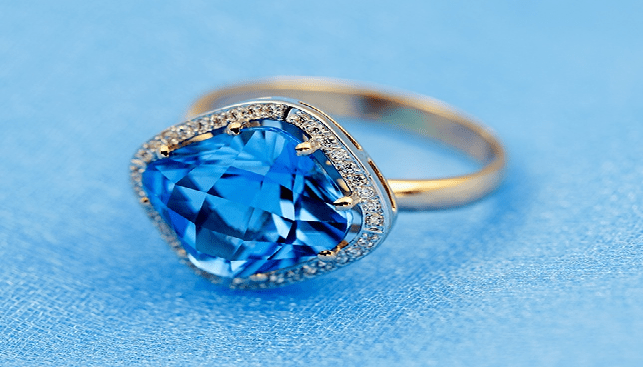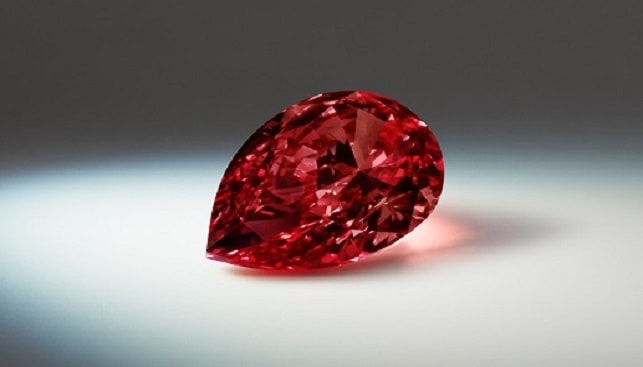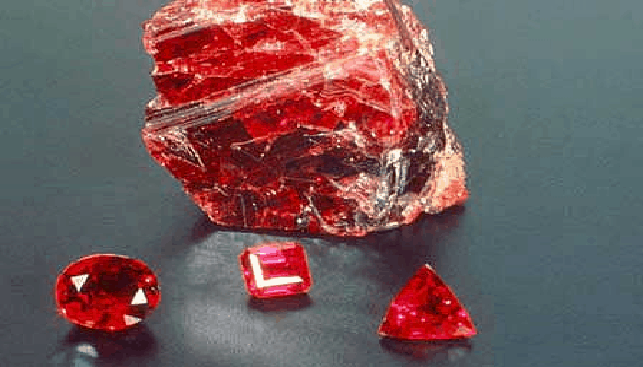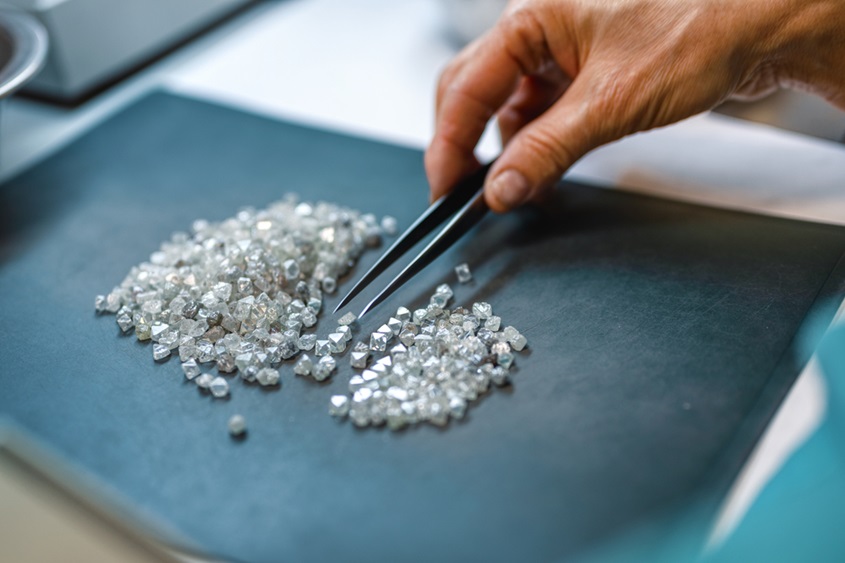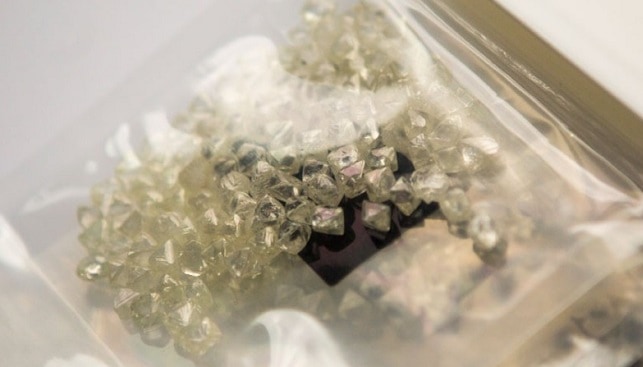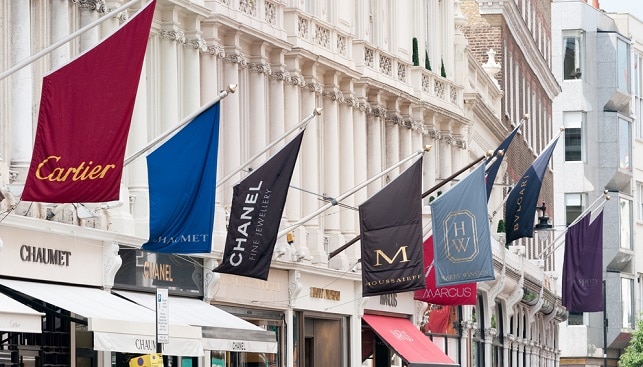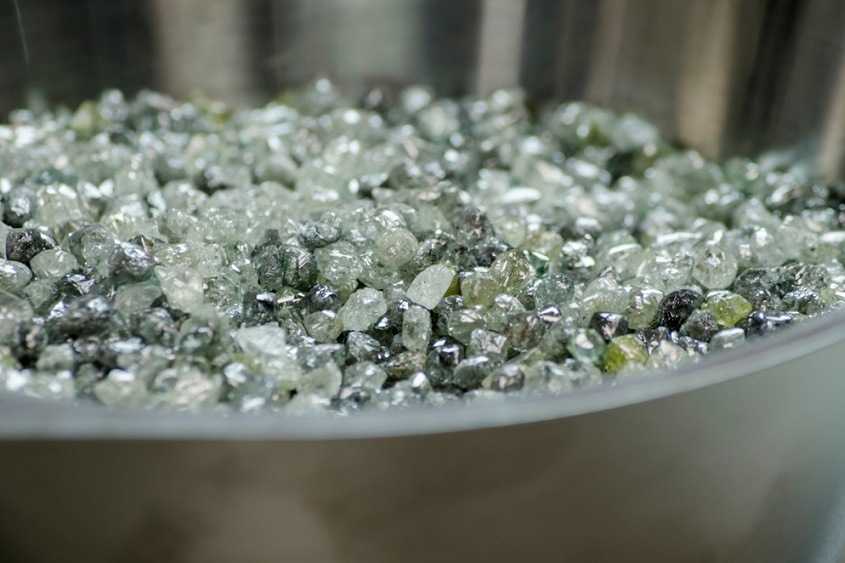Stone setting – the practice of securely setting a gem into jewelry – comes in different forms and styles. From the Bezel diamond ring setting to the intricate invisible setting – here is an overview of the most popular diamond ring settings.
Bezel setting – the earliest method of setting gemstones into jewelry, is a technique where the diamond or stone is held in place by a thin, flat piece of metal that encircles the stone and rises slightly above it.

Pave setting (literally meaning “paved”) – means that the central stone is accentuated by smaller gems around it. Brilliant cut round diamonds are generally used for pave rings settings.
Invisible setting – an elaborate technique developed in France more than two centuries ago, is used by designers to create the illusion of larger diamonds in a ring setting, usually in engagement and wedding rings. It is most suitable for square-cut diamonds in general and princess diamonds in particular.
Another popular diamond ring setting is the Bead setting – It is similar to the pave setting, but here the diamonds are spaced further apart, and they are generally slightly larger.
Prong setting – the most commonly used gemstone setting, uses little claws reaching out of the band to hold the stone in place. In addition to allowing for more light to filter through the diamond, it makes it easier to clean. In diamond ring settings, four to six prongs are the most popular.
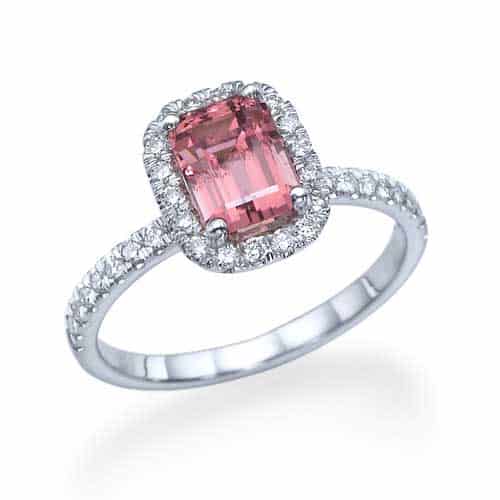
Cluster setting – as its name suggest, uses several small diamonds that flank a larger center stone. This creates the illusion of a bigger solitaire diamond.
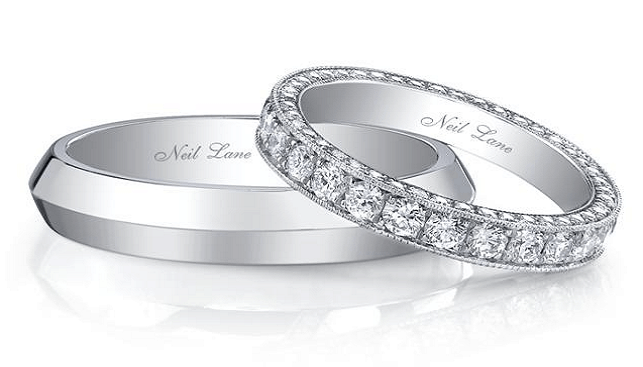
The Gypsy setting – also called Burnish setting, is similar to bead setting. Here, the band is shaped like a dome and the diamond is inserted in the middle. No prongs are used in this setting, lending the ring a smooth, clean look.
Channel setting – is a technique where stones are suspended between two bars or strips of metal, called channels.
The Bar setting – is similar to the Channel setting, in this technique, the gemstone is secured between two parallel bars, while the sides of the gem remain open.
In Tension setting – the diamond is held in place by the pressure of the band’s metal. This technique can also be used for necklaces and earrings.
And last but not least, we have the Illusion setting. – Here, small stones are set next to each other and held from below. The aim: to give the illusion of one, large diamond.

